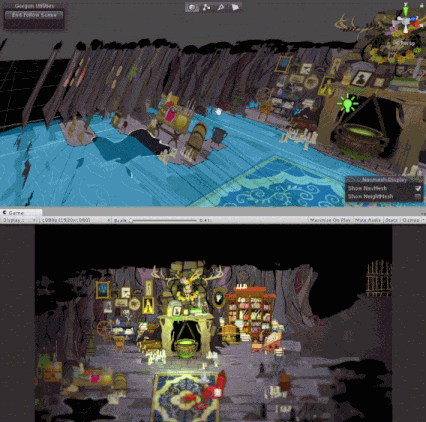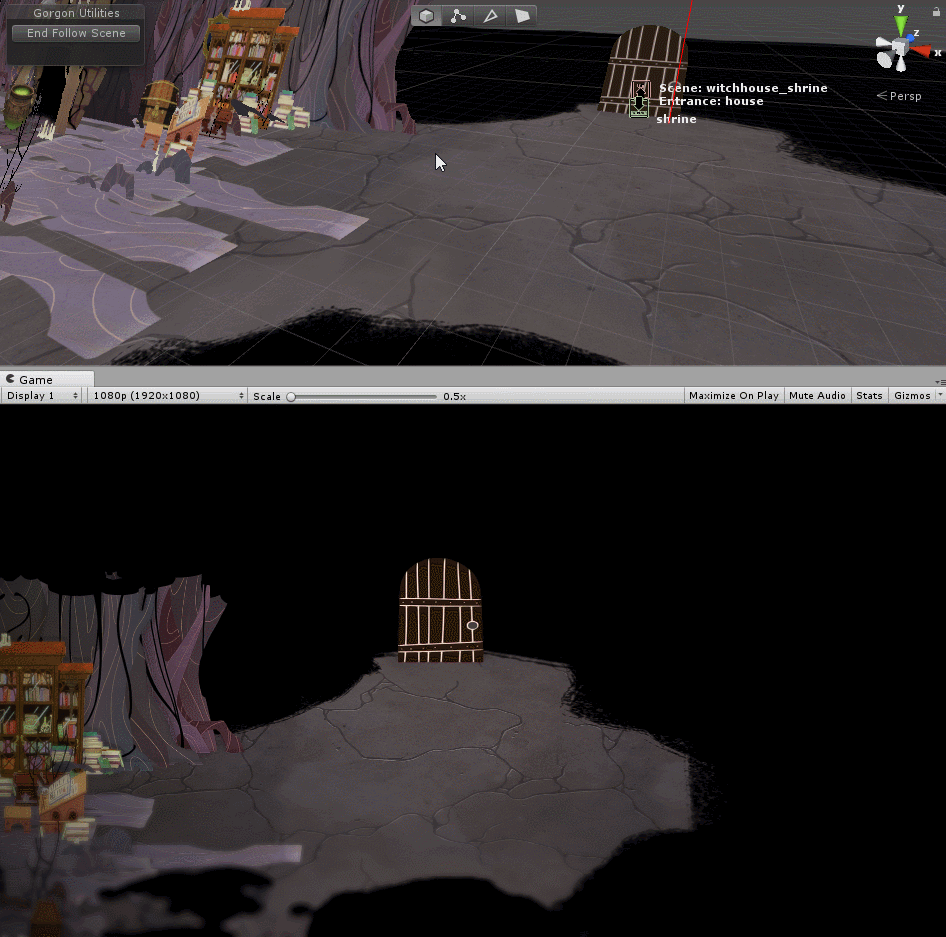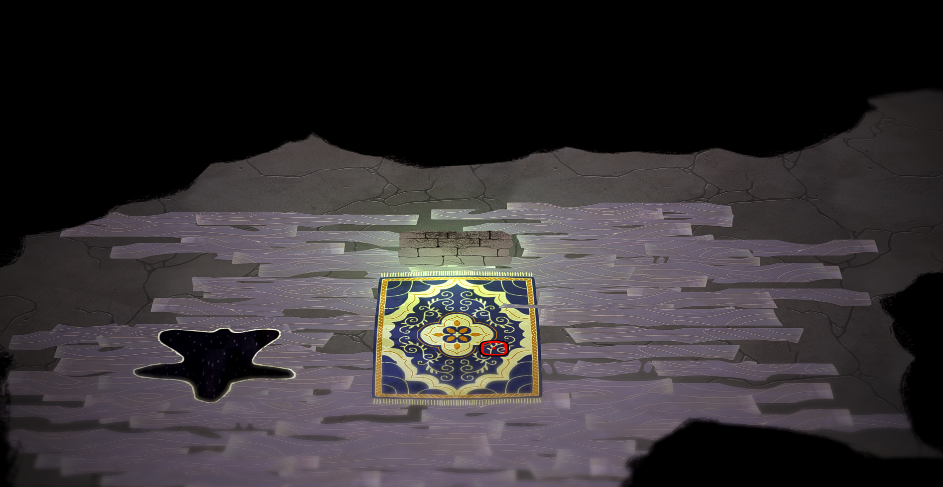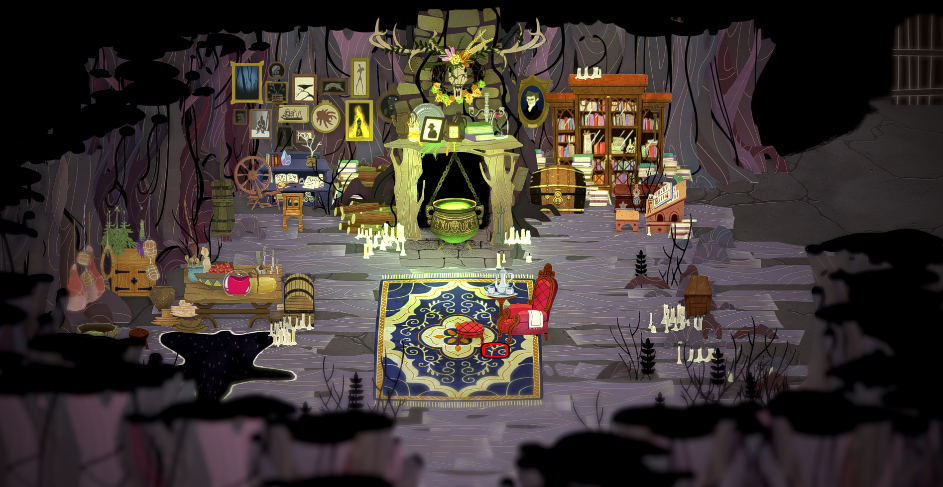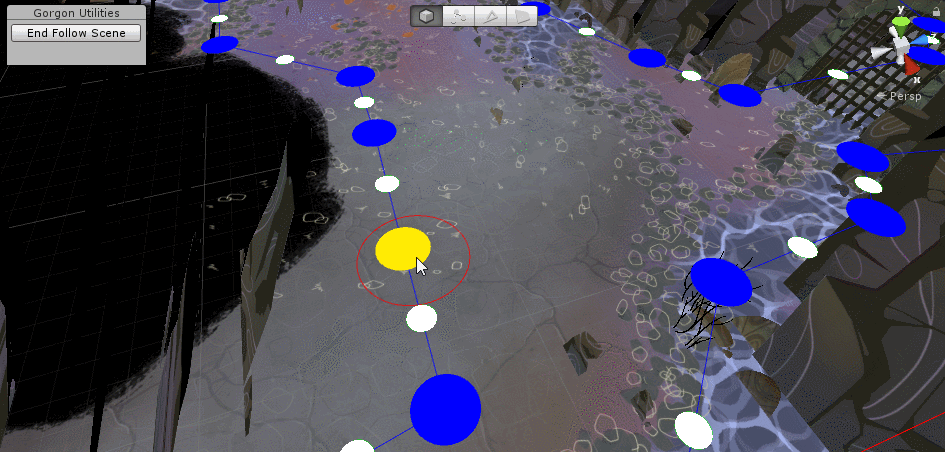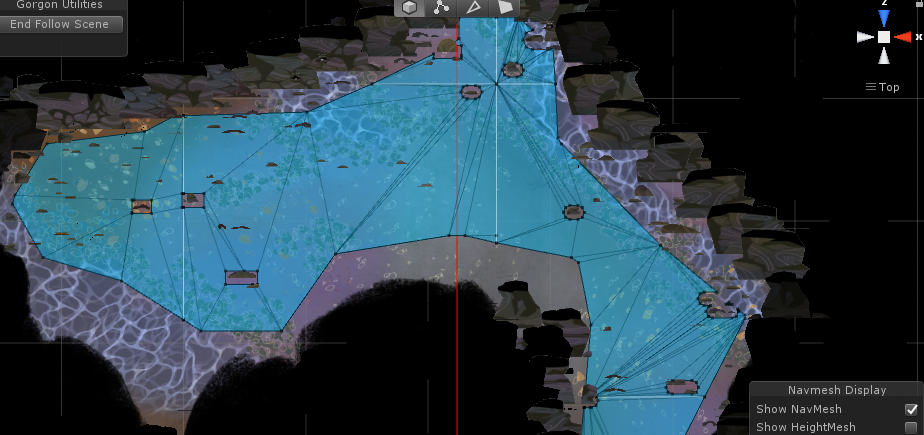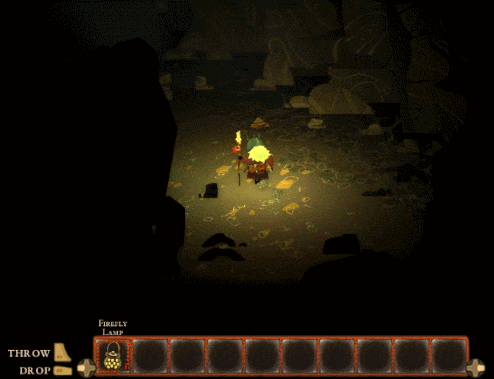Hello again!
For the past month we’ve been focused on getting Gunhead ready to show at PAX West, since it got accepted into the PAX10:
http://west.paxsite.com/indie
We were really surprised to get into this! We’ve always submitted our games to PAX10 and never got a game in so early in development (the build we sent them was a pretty old demo of the game). So we are happy to get some external validation that the game is actually very fun.
Some of the things we are working on include:
Refining how procedural generation algorithms work for adding enemies/systems to ships:

Ship Salaged UI for after a ship is beaten:

End stats shown after failing (similar stats shown after beating the campaign):

And we are working on bringing Cryptark’s Mission Objectives system to Gunhead. These are bonus objectives you can go for to get additional bonus money.
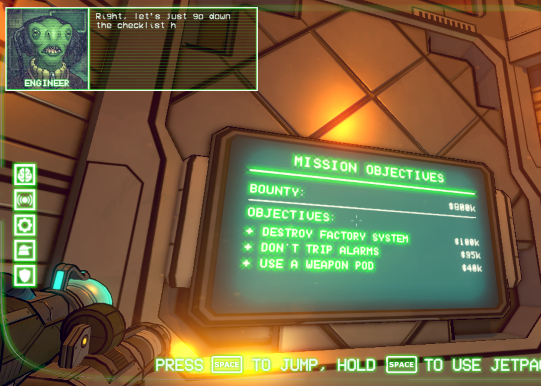
And finally completely unrelated to PAX, we spent a few hours trying out a VR version of Gunhead:
It is definitely fun – and I think we know a good way to handle locomotion for this (not just teleporting). After testing this we decided that if we did make a VR version it would need to be its own tailored experience – a large amount of the game would need to be adjusted, and doing it now would negatively affect the desktop/non-VR version we want to focus on. So if we do make a VR version it will only be after the game is released.
If you haven’t yet you can wishlist Gunhead on Steam to keep up to date on development! It’ll also help us gauge interest in the game from players – and help with our release:
thanks!
– Lee
